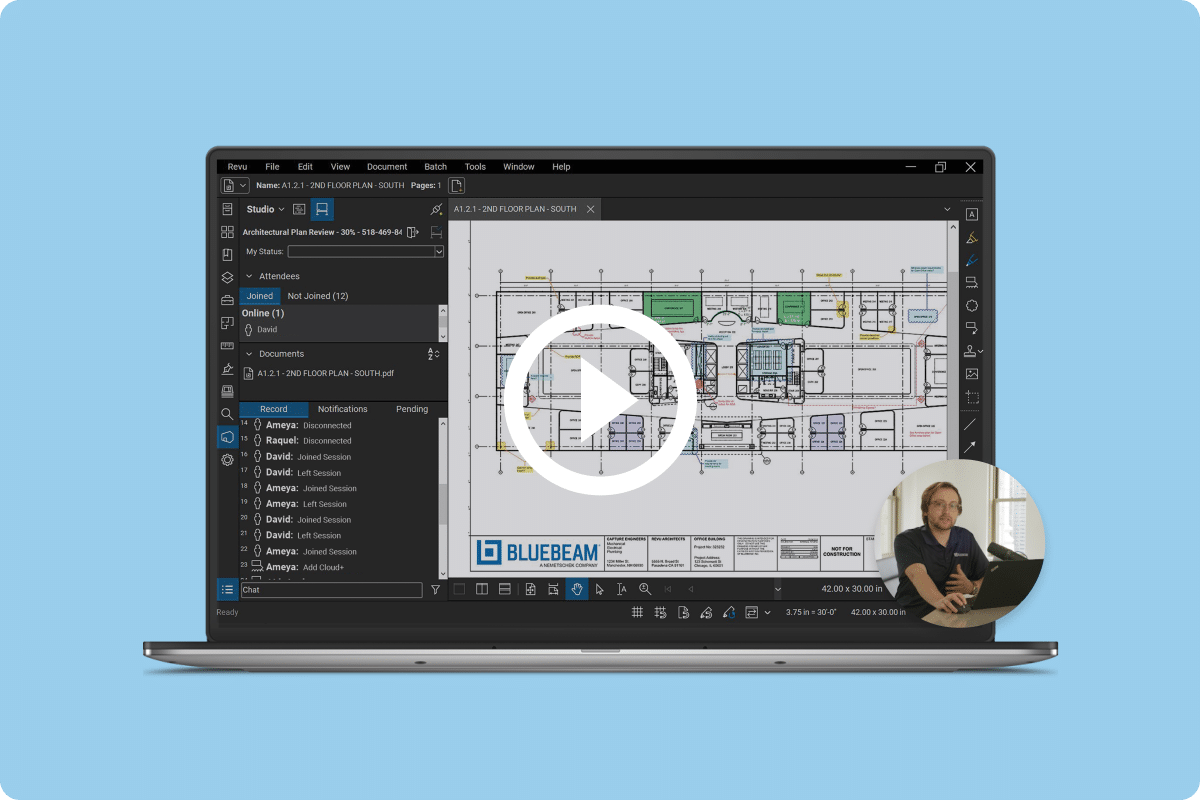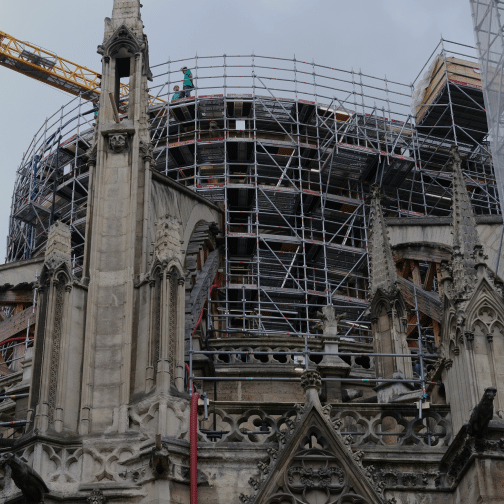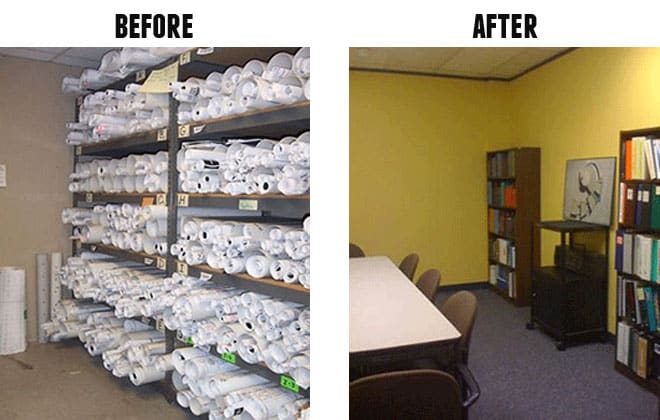The City of Plano Pioneers an Electronic Plan Review Process Based on PDF
The Plano, Texas Building Inspections Department is a trailblazer in implementing electronic plan review and permitting. The group began digitizing architectural drawings back in 2001 to solve a problem faced by many municipalities – they were running out of storage space.
“With all the commercial building projects going on in Plano, our archival room was quickly filling up with plan review drawings,” said Anthony Han, City Plan Review Services Supervisor. “We had to go paperless. There was no other choice.”
The first step in the City’s paperless initiative was to digitize the thousands of full scale, architectural drawings it had in storage. Members of Volunteers in Plano (VIP), a local service corps, assisted the department by scanning these documents. They initially experimented with different output file types, but eventually decided to archive in PDF, a universal file format that is easy to access and distribute to city departments, architects, building owners and also to fulfill open records requests from private citizens.
“Scanning all of these drawings was a huge undertaking,” recalls Han. “We literally had thousands of drawings to convert. The VIP volunteers were a crucial component in getting these files converted and archived in PDF.”
The existing project documents were only part of the paper problem. For every new project that broke ground, architects would submit three or four complete drawings sets, each can include hundreds of pages. Han wanted to further reduce his department’s paper usage and storage by transforming the plan review process, too. “We tried a few different solutions for electronic markup, but we moved forward with the new process when we discovered Bluebeam Revu,” recalls Han. Recommended by a colleague in 2006, Han instantly saw how Bluebeam Revu, a PDF creation, markup and editing solution built for the design and construction industry, could bring plan review and commenting from a paper-based to electronic workflow. The timing of this product discovery was perfect, as it coincided with increased interests from local architects and building owners to electronically submit documents.
For two years, Han’s team accepted electronic copies of drawings and other project documents from architects and owners on a voluntary basis. Many of these files were submitted in PDF; however, when paper copies were submitted, the Plan Reviewers would convert them to PDF through their full size scanner and use Bluebeam Revu to review the drawings. For commenting, the reviewers used Bluebeam’s industry-standard markup tools, such as clouds and callouts, to redline the drawings and document code violations. The plan reviewers also found Bluebeam’s copy/paste tool to be extremely useful. This feature allows users to copy markups on one floor and paste it onto another floor and thereby reducing repetitive markups. The copy/paste function is great, especially when working with high-rise buildings with similar floor plans on upper floors. Commonly used markups can also be saved in Revu’s exclusive Tool Chest, where they are saved across sessions of the program and reapplied with just one click.
Additionally, Plano’s plan reviewers used Bluebeam’s Stamp feature to paste paragraphs and code notations from building codes onto project drawings to more clearly explain violations. Custom stamps can be created with Bluebeam’s stamp editor, or by grouping together markups and saving them in the Tool Chest. “Using Bluebeam’s markup tools to electronically redline drawings provided us with a better, more visual way to explain code requirements to architects designing in our City,” said Han.
“Using Bluebeam’s markup tools to electronically redline drawings provided us with a better, more visual way to explain code requirements to architects designing in our City.”
Anthony Han, City Plan Review Services Supervisor
On January 1, 2009, after two years of successfully testing through voluntary projects, the City of Plano Building Inspections Department changed their document submission requirements. Now, all commercial building projects over 10,000 square feet are required to submit electronic copies of project documents and just one hard copy of drawing sets. “There are so many advantages to electronic submission and review, it made sense to make electronic documents a mandatory program for our City’s larger projects,” said Han.
Over the course of this program, the Building Inspection Department has realized many benefits. They’ve found that electronic plan review is not only an efficient process, but that it also makes these documents more consumable to other city departments. For example, the police and fire department can now access PDF copies of drawings to more quickly assess floor plans in crisis situations. And, because they’ve gone digital, the Building Inspections Department has reclaimed the space that was once buried beneath mountains of archived drawings. It’s been repurposed as a small employee break, meeting and library room.
For more information about the City of Plano Building Inspection Department’s electronic plan review and permitting process, go to www.buildinginspections.org.





